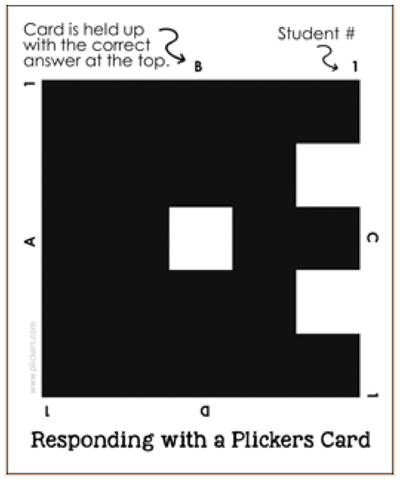The great thing about informal assessments is they help us gauge students’ understanding during the learning process instead of after. Informal assessment also changes teachers’ relationship to student learning.
Through informal assessment, a teacher becomes a guide throughout the learning process, rather than the judge of the student’s final product. While committing to formative—or informal—assessment school-wide can be a game-changer for your learners, it’s also important to understand that regularly checking in with student learning can dramatically improve outcomes.
Teachers are already stretched when it comes to classroom management and covering all the required content. To make it easier for them, look for informal assessment practices that fit into the life of the classroom and result in data that’s easy for teachers to track and follow through on.
Here are eight everyday informal assessment practices to get you started.
1. Exit slips
Get kids in the habit of knowing they will be expected to fill out exit slips that follow the same format every time. This helps students know what they need to be thinking about as they are learning. Here are sample questions you can ask:
- 3 things I learned today
- 2 things I found interesting
- 1 question I still have
2. Kahoot!
Kahoot! is a platform where teachers create quizzes, discussions, and surveys. Kahoot! is displayed via a TV or projector, and students enter the game pin to play from their mobile phone or other device. One of the best features is that it collates data for teachers in a downloadable spreadsheet, where they can see if students are struggling with anything in particular.
3. Backchannel chat
A backchannel is a digital conversation that happens at the same time as a face-to-face activity, where students can share their thinking about the topic or assignment. This app gives students and teachers a place to store back-channel conversation information that can be used to see how students feel about their learning. This kind of formative assessment gives teachers insight into which students might be thinking, “I’m not sure I understand this” or “What does this have to do with what we are learning?”
4. Plickers
With Plickers’ easy-to-print code sheets, teachers can collect data with only one device. Here’s how it works: Each student is given a card with a unique code. The code has four sides, each lettered A, B, C, and D. Students hold their cards so that the letter they choose to answer the question with is at the top of their card. Teachers can then use the iOS or Android app on their smartphone to slowly scan the room.

The app recognizes the cards, records who’s been assigned, and captures the answer that the student chose. The app will only record each student’s answer once, so there’s no need to worry about a second scan skewing the data. Collecting formative data in this manner is fast and engaging.
5. Skills checklist
Before teaching a unit, teachers can develop a list of all the skills each student will learn. When working with students, teachers put a “+” or “–” to indicate where they think each student is on each skill. The data goes into a spreadsheet or into a learning management system. Using tools to save, store, and manage the formative data you and your teachers need can make the difference between formative assessment buy-in or not.
6. Demonstration stations
Demonstration stations are a great way for students to show what they know and to help the teacher determine the direction of future instruction. Stations are set up at varying points during a unit. At each station, there should be an iPad or laptop where students can enter their thinking and results, making data collection seamless. For example, you could have a table with Wikki Stix. Students use the Wikki Stix to make the sight words on their list on a mat with their name on it. Using an iPad, they take a picture of the words and… there’s your evidence!
7. Photo capture
Take photos of things related to the current learning. Ask students to caption each photo based on their understanding of the subject (via a social media app like Instagram). Assess the captions and give them a rating based on a scale from 1 (deep understanding) to 5 (surface understanding).

[SOURCE: Nerdy, nerdy, nerdy]
8. Student-created quizzes
Instead of giving students a quiz, have them create their own! Formulating questions about newly learned content is a good way to encourage deep thinking. For example, as you’re reading a class novel together, assign different groups of students to work together to create a quiz on one of the chapters. There are apps that let teachers scan all the quizzes into a computer or device for instant data access.
Teachers have been using formative and summative data to inform their teaching for a long time. Interpreting data helps teachers understand how students learn and how best to meet their needs. At the same time, when students learn how to track their own data, it can empower them to understand their learning. Best of all, informal assessment moves your school culture away from judging and testing toward a more student-centered focus on the learning process.
- It’s time to pay student teachers - April 25, 2024
- The evolving requirements of a K-12 school network - April 24, 2024
- A bungled FAFSA rollout threatens students’ college ambitions - April 24, 2024

